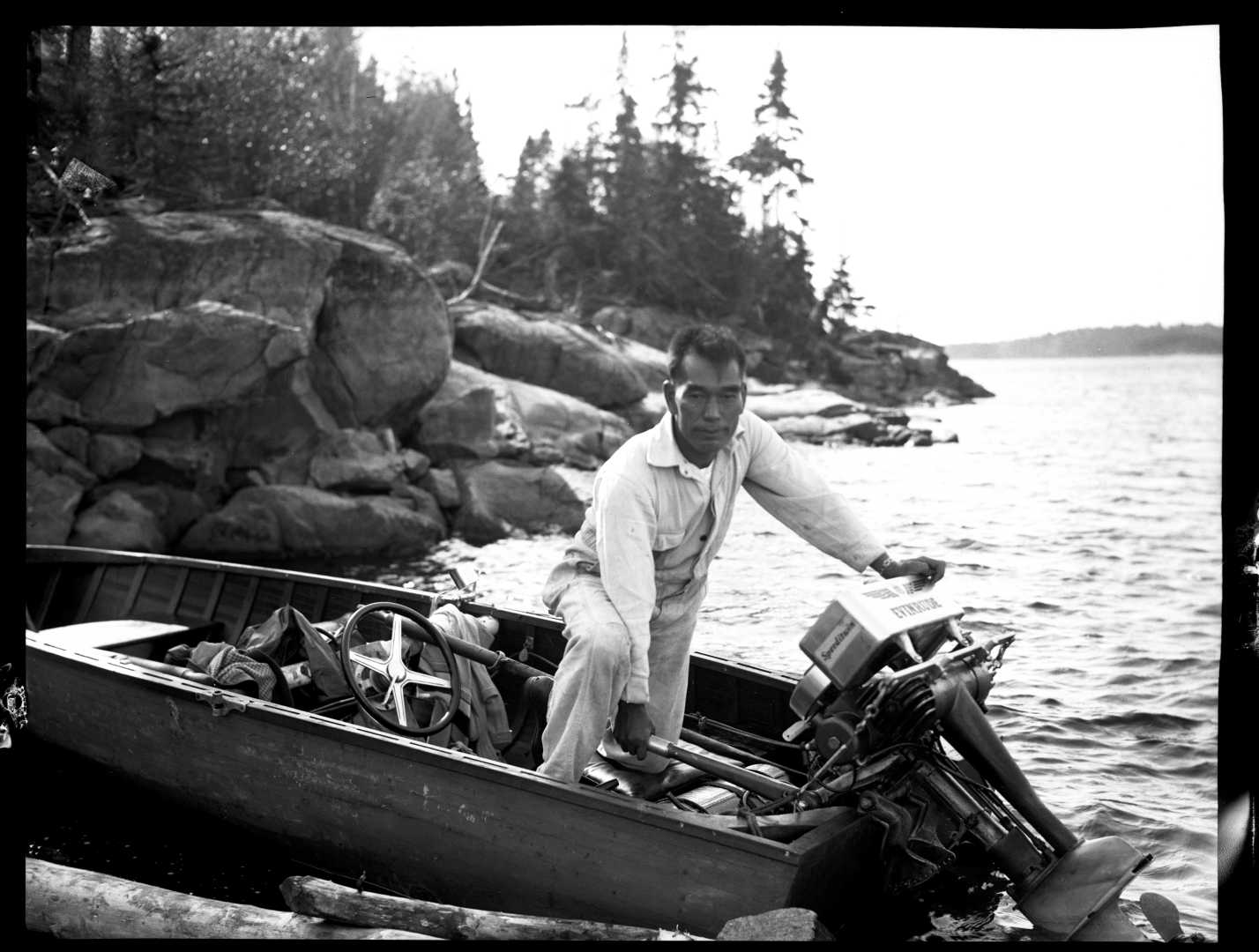News
Jun Fujita: A Voice for Conservation at Voyageurs National Park

International Falls, Minnesota — Conservationists are shedding light on Jun Fujita, a Japanese American photographer who played a vital role in the creation of Voyageurs National Park. His connection to the land began in the early 1900s, when he frequently visited his island cabin on Rainy Lake.
Fujita, known for his striking black-and-white images of Chicago in the 1900s, captured scenes ranging from race riots to gangster dramas. However, according to his great-nephew Graham Lee, Fujita found inspiration in northern Minnesota, where he documented the beauty and vibrancy of the region.
Park historians recognize Fujita’s work as instrumental in advocating for the preservation of the Rainy Lake watershed, which ultimately contributed to the establishment of Voyageurs National Park in 1975. One of his photos featured in Outdoor America magazine highlighted the campaign against industrial dams threatening the boundary waters.
Ernest Oberholtzer, a leading conservationist in Minnesota, leveraged Fujita’s photographs in his campaigns for environmental protection. In correspondence with Oberholtzer, Fujita expressed his fervent belief in conservation, stating, “This fight is a fight of every person in this country, who has any civic pride in himself.”
Few visitors today are aware of Fujita’s legacy, according to Erik Ditzler, an interpretive ranger at Voyageurs. “He is a good talking point,” Ditzler said. “He was a fascinating guy.” Fujita’s modest cabin on a 4-acre island, purchased in 1928 by his girlfriend Florence Carr, became a sanctuary for his passion for the outdoors.
Fujita captured unique lake life in his photographs, including fishermen and serene landscapes. “He just had this lust for nature,” Lee said. “He found Rainy Lake to be the best.”
His love for nature also found its way into poetry, where he wrote short verses referencing the birds and wildflowers around him. Notably, he penned love letters to Carr, often using affectionate names like “My itta Schue.”
World War II forced Fujita to retreat from his beloved lake, marking a dramatic shift in his life. He made one final visit in 1939 before selling the cabin. Eventually, he and Carr moved to the southern shore of Lake Michigan, where they continued to enjoy nature.
Fujita passed away in 1963, but his spirit continues through the cabin, which is now maintained by park officials and included on the National Register of Historic Places. Lee is actively working to expand Fujita’s narrative through a forthcoming biography titled “Jun Fujita: Behind the Camera,” set to release in October.
The tale of Jun Fujita reminds us of the intersection of personal passion and environmental advocacy, enriching the history of Voyageurs National Park.












